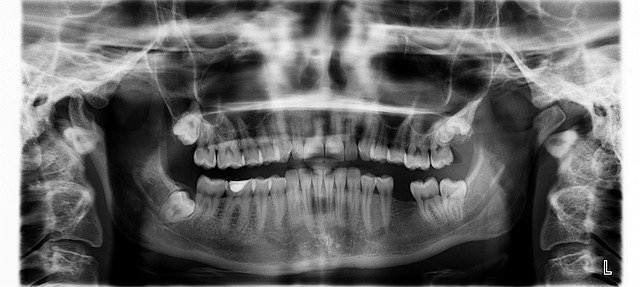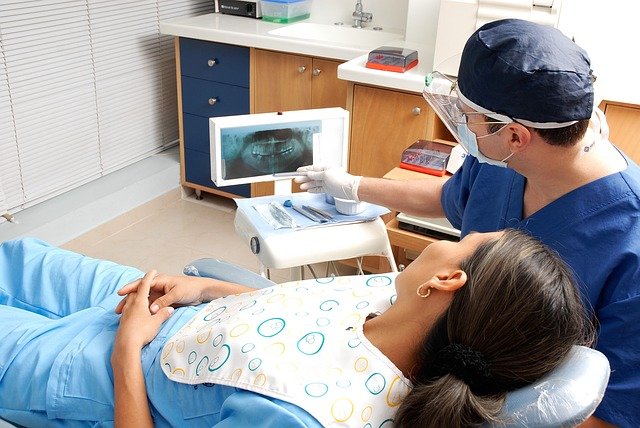Exploring Non-Surgical Fat Loss Methods That Show Promise
Non-surgical fat reduction methods offer alternatives to traditional procedures, using advanced technology to target stubborn areas with minimal downtime. From subtle shaping to more visible results, exploring these options can help individuals make informed decisions that match their goals and lifestyle — without the need for surgery.

What is Laser Lipolysis and How Does it Work?
Laser lipolysis, also known as laser fat reduction, uses targeted laser energy to break down fat cells beneath the skin’s surface. This non-invasive procedure works by delivering controlled heat to adipose tissue, causing fat cells to rupture and release their contents. The body then naturally eliminates these broken-down fat cells through its lymphatic system.
The procedure is typically painless and requires no anesthesia. Patients may experience a warming sensation during treatment, but discomfort is generally minimal. Results can be seen gradually over several weeks as the body processes and removes the damaged fat cells.
Understanding Ultrasound Slimming Treatments
Ultrasound slimming treatments utilize high-frequency sound waves to target and disrupt fat cells. This technology penetrates deep into the subcutaneous fat layer, creating a thermal effect that causes fat cells to break down. The procedure is non-invasive and can be used on various body areas, including the abdomen, thighs, and arms.
During treatment, patients may feel a warming sensation and slight vibration from the ultrasound device. Multiple sessions are usually recommended for optimal results, with improvements becoming visible over time as the body eliminates the treated fat cells.
How Does Cryolipolysis Transform Body Contours?
Cryolipolysis, commonly known by the brand name CoolSculpting, is a fat-freezing technique that has gained popularity for its ability to target stubborn fat deposits. This method works by cooling fat cells to a temperature that triggers their natural death without harming surrounding tissues.
During the procedure, a specially designed applicator is placed on the treatment area, delivering controlled cooling to the underlying fat layer. The frozen fat cells eventually die and are naturally processed and eliminated by the body over the following weeks and months. Cryolipolysis is particularly effective for areas like the abdomen, flanks, and thighs.
What Role Does Radiofrequency Play in Fat Reduction?
Radiofrequency (RF) treatments for fat reduction use electromagnetic waves to heat the deep layers of skin and underlying fat. This heating effect causes fat cells to shrink and stimulates collagen production, resulting in both fat reduction and skin tightening.
RF treatments are non-invasive and can be used on various body areas. Patients typically experience a warm sensation during the procedure, which is generally well-tolerated. Multiple sessions are often recommended for optimal results, with improvements in body contour and skin texture becoming more apparent over time.
Comparing Leading Non-Surgical Fat Reduction Technologies
When considering non-surgical fat reduction options, it’s important to understand how different technologies compare in terms of effectiveness, treatment areas, and patient experience. Here’s a comparison of some leading non-surgical fat reduction technologies:
| Technology | Treatment Areas | Sessions Needed | Downtime | Results Timeline |
|---|---|---|---|---|
| Laser Lipolysis | Abdomen, thighs, arms | 3-6 | Minimal | 6-12 weeks |
| Ultrasound | Abdomen, flanks, thighs | 3-5 | None | 8-12 weeks |
| Cryolipolysis | Abdomen, flanks, thighs | 1-3 | Minimal | 8-16 weeks |
| Radiofrequency | Face, neck, body | 6-8 | None | 4-12 weeks |
Prices, rates, or cost estimates mentioned in this article are based on the latest available information but may change over time. Independent research is advised before making financial decisions.
How to Choose the Right Non-Surgical Fat Reduction Method
Selecting the most suitable non-surgical fat reduction method depends on various factors, including your specific body goals, problem areas, and lifestyle considerations. Here are some key points to consider:
-
Target areas: Different technologies may be more effective for specific body parts.
-
Number of treatments: Consider how many sessions you’re willing to undergo.
-
Recovery time: While all these methods are non-surgical, some may require more downtime than others.
-
Expected results: Discuss realistic outcomes with a qualified practitioner.
-
Cost: Treatment costs can vary significantly between methods and providers.
It’s crucial to consult with a board-certified dermatologist or plastic surgeon who can assess your individual needs and recommend the most appropriate treatment plan. Remember that while these non-surgical methods can provide noticeable improvements, they may not achieve the same dramatic results as traditional liposuction for significant fat removal.
Non-surgical fat reduction technologies offer promising alternatives for those seeking body contouring without the risks and downtime associated with surgery. By understanding the various options available and their unique benefits, individuals can make informed decisions about which method aligns best with their goals and expectations for a more contoured silhouette.
This article is for informational purposes only and should not be considered medical advice. Please consult a qualified healthcare professional for personalized guidance and treatment.




